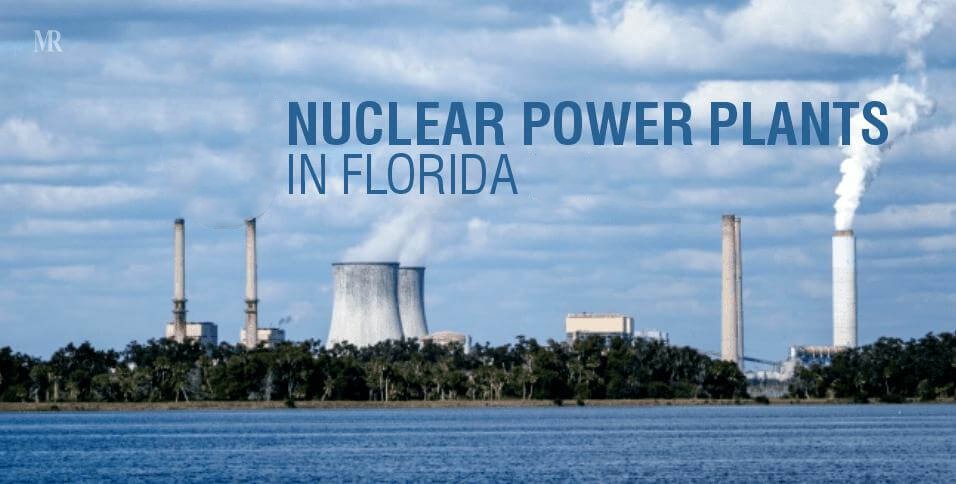Florida, a renowned sanctuary in the United States, garners praise for excelling across various sectors. Its captivating and favorable tax policies for businesses, cost competitiveness, and well-developed infrastructure collectively create an irresistible appeal. Even industries as unique as nuclear power find a home here, benefiting from the seamless alignment of all prerequisites. With government endorsements and abundant water resources, Florida holds the blueprint for establishing exemplary nuclear power facilities. These impressive structures have emerged as prolific energy sources, heralding a future where renewable energy sustains power generation. Explore the pinnacle of this narrative: The top five nuclear power plants in Florida, where the fusion of innovation and curiosity shapes the renewable energy landscape.
Here is a list of nuclear power plants in Florida for your reference. This compilation provides information about the nuclear facilities in the state.
List Of Nuclear Power Plants in Florida
Turkey Point Nuclear Generating Station
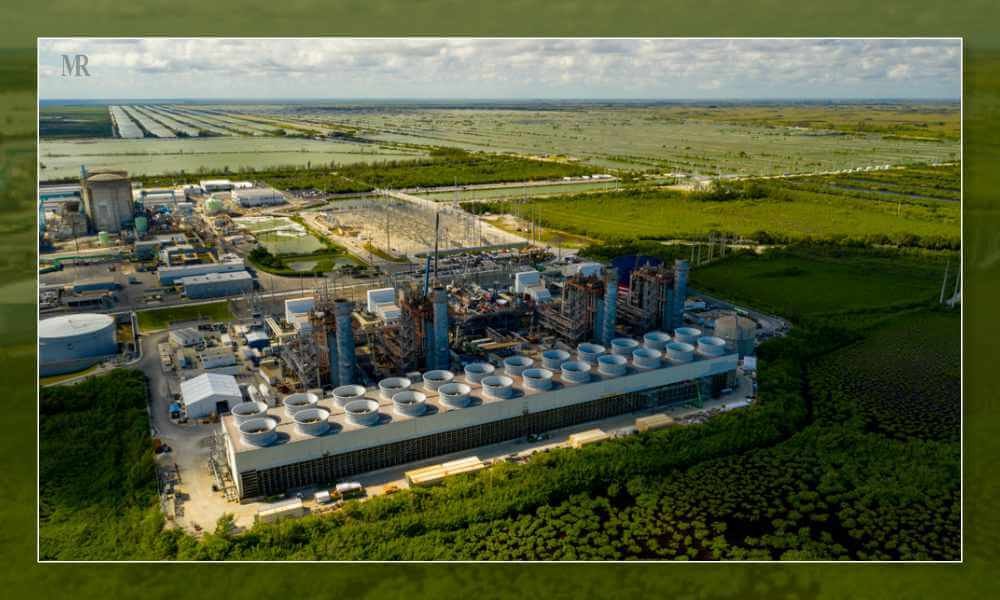
- Location: Homestead, Florida
- Status: Operational
- Nameplate Capacity: 2,754 megawatts
Situated on Hutchinson Island in Florida, the St. Lucie nuclear power plant comprises two identical nuclear power facilities that have provided electricity to numerous households in South Florida for the past 45 years making it one of the oldest nuclear plants in Florida. The plant initiated the construction of the first unit in July 1970, followed by starting the construction of the second unit in June 1977.
Both units became operational in December 1976 and August 1983, respectively. These two units are combustion engineering pressurized water reactors (PWR) and are within distinct containment structures.
The Turkey Point Nuclear Generating Station stands out among Florida’s nuclear plants as a significant and unique energy facility. Situated in Homestead, Florida, this plant holds the distinction of being the largest nuclear power plant in the state and the eleventh largest in the entire United States. It is the only nuclear power plant in the country that uses cooling canals, departing from the conventional cooling towers employed by most nuclear facilities.
Florida Power and Light ( FPL) own and operate the plant, which houses two nuclear reactors, Units 3 and 4, established in the early 1970s. These reactors, with a combined capacity of 2,754 megawatts, impressively power around 2.5 million homes. The plant’s preference for cooling canals over cooling towers is particularly noteworthy.
While cooling towers can contribute to air pollution, the Turkey Point plant’s innovative approach involves pumping water through canals for cooling, utilizing evaporation and solar radiation. This method proves more efficient and environmentally friendly.
Beyond its contributions to the region’s power grid, the Turkey Point Nuclear Generating Station plays a crucial role in the local economy by employing approximately 2,000 individuals. This plant underscores its significance not only through facts and figures but also by supplying about 20% of the electricity consumed in South Florida.
St. Lucie Nuclear Power Plant
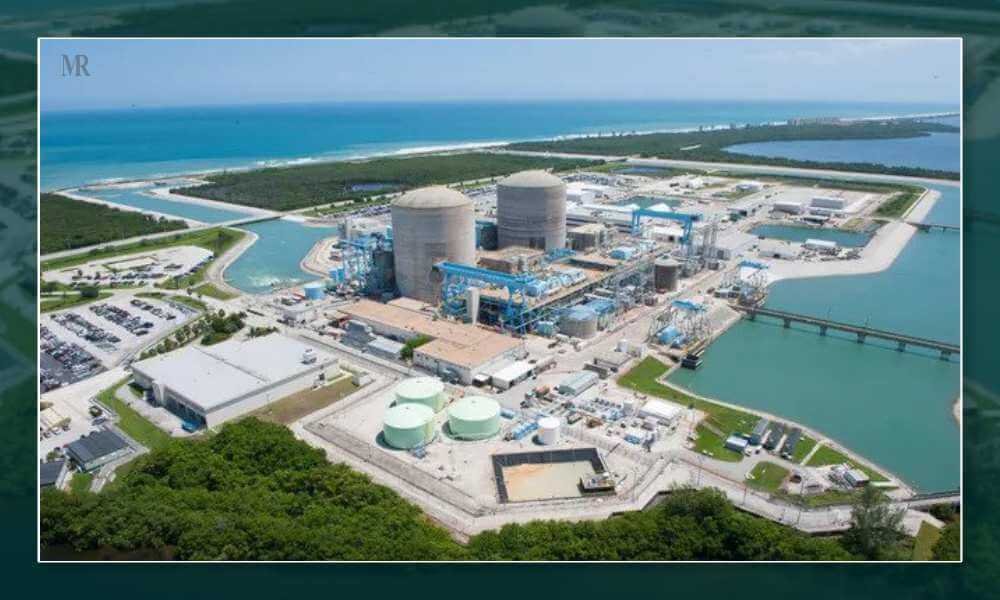
- Location: Port St. Lucie, St. Lucie County, Florida
- Status: Operational
- Nameplate Capacity: 2,400 megawatts
The Turkey Point Nuclear Generating Station stands by Biscayne Bay, approximately 24 miles away from Miami in the vicinity of Homestead. Similar to the St. Lucie facility, this power station features two nuclear reactor units.
Both of Florida’s nuclear power facilities initiated their operations in 1972 and 1973, respectively. These reactor units follow the Westinghouse pressurized water design. In terms of output, the nuclear plant generates about 1600 Megawatts of power, enough to fulfill the yearly electricity needs of over 900,000 households.
The St. Lucie Nuclear Power Plant holds a significant position among Florida’s nuclear power plants. As the largest facility of its kind in the state, it plays a vital role in supplying power to Florida’s electrical grid.
What distinguishes this plant is not just its impressive scale but also its strategic location on Hutchinson Island, roughly 10 miles south of Fort Pierce. This island location provides a unique advantage, offering a certain level of protection against potential natural disasters.
With two reactors producing a combined capacity of 2,820 megawatts, the plant started its commercial operations in 1976 and 1977, marking the beginning of its contribution to Florida’s energy landscape.
The Florida Power & Light Company (FPL) manages the plant and is responsible for supplying approximately 20% of the state’s electricity demand, making it a crucial component of the energy infrastructure. Furthermore, its efficiency, demonstrated by its impressive safety record, positions it as one of the most reliable and secure nuclear power plants in the United States.
Levy County Nuclear Power Plant
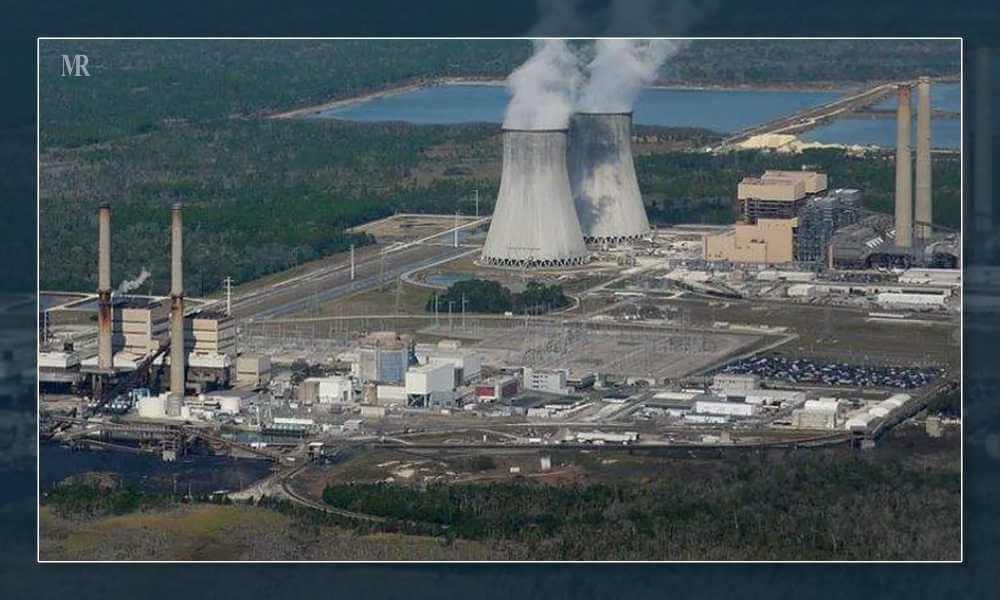
- Location: Levy County, Florida
- Status: Under Construction
- Nameplate Capacity: 2,200 megawatts
The Levy County Nuclear Power Plant, initially planned for construction in Florida, was abandoned in 2017. Progress Energy Florida initially estimated that they would need $5 billion for constructing the plant and had plans to make it operational by 2016.
However, around 2008, due to a decline in electricity demand and a growing preference for natural gas, it became clear that the plant would not begin its operations until at least 2026.
The proposed Levy County Nuclear Power Plant in Florida has remarkable aspects. Firstly, it attracted attention as it was the first nuclear power plant intended for construction in the United States in over three decades, following the completion of the Watts Bar Nuclear Plant in Tennessee in 1996.
Furthermore, the plant is notable for its substantial power capacity. Designed with two reactors, each boasting an impressive capacity of 1,117 megawatts (MW), it would have ranked as the third-largest nuclear power plant in the country, with a combined capacity of 2,234 MW. The innovative AP1000 reactor design, known for enhancing safety and efficiency, would have been in use at the Levy County facility, marking another milestone.
Being located in a relatively secluded region, the plant’s location promised reduced vulnerability to both natural disasters and security threats. However, environmental groups and local residents opposed the proposed plant due to safety concerns in the hurricane-prone area and potential impacts on the community.
In 2017, Duke Energy, the developer, halted the Levy County Nuclear Power Plant project, citing various reasons including cost, opposition, and evolving energy dynamics in Florida. Although the project never came to fruition, it highlighted the ongoing interest in nuclear power plants in Florida and showcased advancements in reactor design.
Offshore Power Systems

- Location: Jacksonville, Florida
- Status: Not Operational
- Nameplate Capacity: 1,200 megawatts
Established in 1970, Offshore Power Systems, a collaboration between Westinghouse Electric Company and Newport News Shipbuilding and Drydock, aimed to develop mobile nuclear power facilities in Florida.
Westinghouse Electric Company initiated this endeavor with two primary concepts: designing each nuclear plant to be tailored and ensuring that local inhabitants near the plant site would not raise objections to the initiative. The projected expense for constructing the project stood at $200 million, with an expected generation of approximately 10,000 employment opportunities. They envisioned completing the venture by 1976.
Offshore Power Systems (OffPS) play a crucial role in our pursuit of sustainable energy solutions, making them vital for both coastal communities and nations. These systems harness renewable energy sources such as wind, solar, and wave power, positioning themselves as key players in the global shift towards cleaner energy. OffPS stands out due to its distinctive attributes.
Firstly, they strategically place themselves in energy-rich zones, such as the open ocean, enabling them to generate electricity without encroaching on precious land resources—a concern in many parts of the world. Secondly, their scalability makes them suitable for meeting the energy demands of densely populated regions, providing an attractive option for countries aiming to enhance their power generation capabilities.
Moreover, OffPS’ ability to position itself far from the coast enhances its resilience against natural disasters and security threats. Notably, OffPS is anticipated to have a market value of $100 billion by 2030, with over 100 projects currently under development worldwide. The illustrious Hornsea 2 wind farm in the United Kingdom stands as a beacon, boasting a formidable capacity of 1.3 gigawatts.
Furthermore, declining costs are making OffPS more economically viable, increasing their accessibility. In this era of climate consciousness, OffPS contribute significantly by curbing greenhouse gas emissions, aligning with the goals of combating climate change. While OffPS excel in multiple dimensions, it’s important to also consider other energy alternatives, such as nuclear power plants in Florida, when crafting a comprehensive energy strategy.
Crystal River Energy Complex
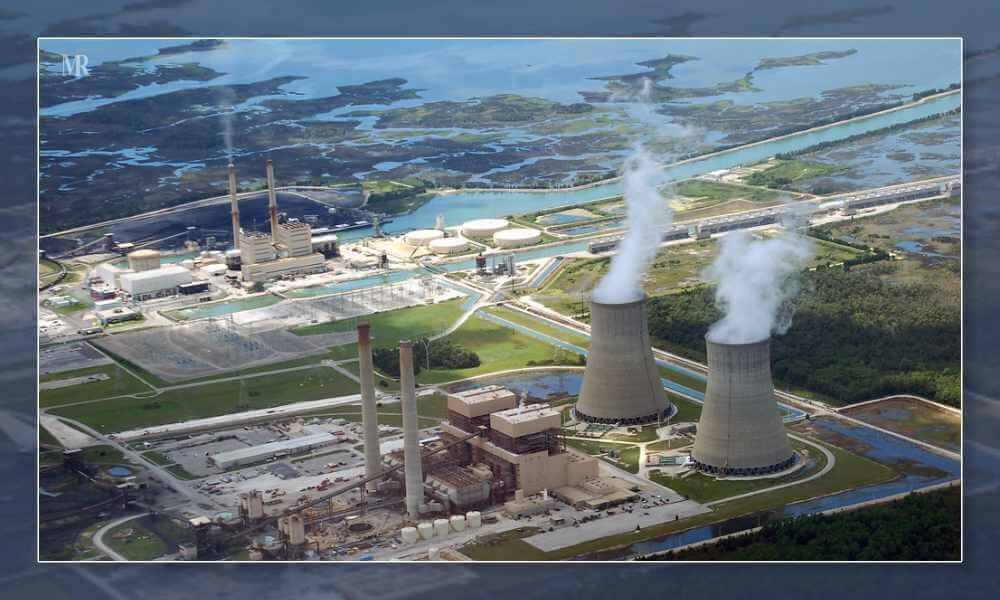
- Location: Crystal River, Florida
- Status: Operational
- Nameplate Capacity: 860 megawatts
The Crystal River Energy Complex stands near the entrance of the Crystal River in Florida. It comprises seven power generation facilities that span over 4700 acres of land. The Florida Power Corporation established this complex in the early years of the 1960s. Progress Energy Inc. acquired it in 2000, and at present, Duke Energy holds ownership.
Among the plants, numbers 1, 2, 4, and 5 utilize fossil fuels, while plant number 3 was the sole nuclear power facility. It started its operations in 1977 and ceased functioning in 2013.
The Crystal River Energy Complex holds a significant position as one of the largest coal- and natural gas-fired power stations in the United States. With an impressive total capacity of 3,449 megawatts (MW), it can energize over 2 million households. Situated in Citrus County, Florida, this complex operates under Duke Energy Florida’s management, contributing to the region’s power needs.
Noteworthy for a couple of reasons, the complex stands as a rare instance of a coal-burning power plant in the U.S., a choice driven by its remote location in a relatively less polluted area of Florida.
Furthermore, it distinguishes itself as one of the few expanding power plants in the country, as Duke Energy is currently constructing a new natural gas-fired unit that will increase its capacity by 1,000 MW.
This expansion aligns with the increasing demand for electricity in the state. The Crystal River Energy Complex remains a significant player in the nation’s power landscape, showcasing a unique blend of fuels and an ongoing commitment to meet energy needs.
The compilation above represents the culmination of our selection, highlighting the top five nuclear power plants in Florida. Importantly, a subset of these facilities remains operational, skillfully meeting the nation’s energy demands with their adept power generation capabilities.

